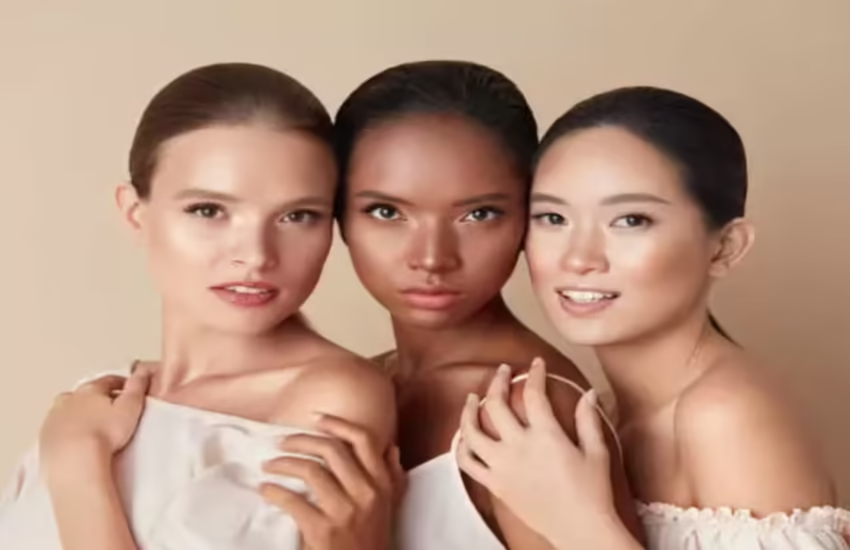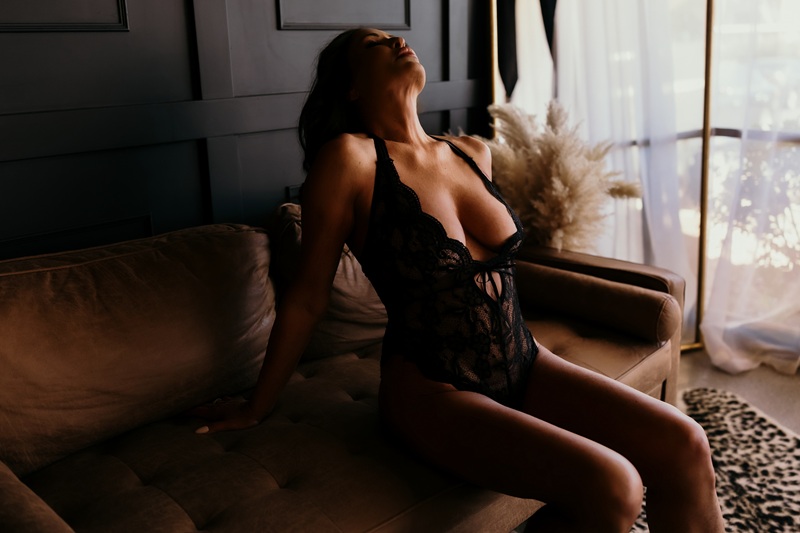How to Distinguish Between Men’s and Women’s Perfumes?
Perfumes do more than add a pleasant aroma—they tell a story about who you are. The right scent can leave a lasting impression, reflecting your unique style and mood. While fragrances aren’t inherently tied to gender, marketing and societal norms often create distinctions between perfumes for men and women. Let’s explore these differences to help you find your perfect match.
1. Fragrance Families
The fragrance families often associated with women’s perfumes lean toward floral, fruity, and sweet. Jasmine, rose, vanilla, and berries are common notes that evoke elegance and charm. Many collections, like those from Lancôme India, use these notes to craft scents that are undeniably captivating.
Men’s fragrances, on the other hand, favour woody, spicy, and musky notes. Sandalwood, cedar, amber, and even tobacco bring warmth and depth. These choices align with traditional masculine energy, though preferences today often cross these lines.
2. Concentration Levels
Another noticeable difference lies in the concentration of essential oils. Women’s perfumes typically have higher concentrations, offering longer-lasting and more intense scents. These perfumes are designed to evolve beautifully throughout the day.
Men’s perfumes often use lighter concentrations, especially in products like colognes or eau de toilettes. This gives a subtle freshness that works well for everyday wear without being overpowering.
3. Packaging Tells a Story
Perfume packaging often gives away the target audience. Women’s bottles are usually designed with curves, floral details, and pastel tones, exuding elegance.
Men’s fragrances tend to favour bold, minimalist designs—dark colours like navy blue or black and sharp, angular shapes. These visual cues highlight the contrast, even if the scents themselves can appeal to anyone.
4. Longevity and Evolution
Women’s perfumes are crafted to last longer, thanks to their rich, layered compositions. Floral or sweet notes often evolve over time, offering a dynamic fragrance experience.
Men’s scents, especially those with fresh or citrus bases, may not last as long. However, their crisp, invigorating nature makes them ideal for casual or daytime wear.
5. Personal Preference Trumps Tradition
Despite these traditional distinctions, fragrance preferences are deeply personal. Many women appreciate the smoky, earthy notes found in men’s perfumes for their boldness. Similarly, men are increasingly drawn to floral or sweet scents for their refreshing uniqueness.
Unisex perfumes are also on the rise, blending masculine and feminine elements. These versatile scents cater to those who value individuality over labels, making them a perfect choice for modern preferences.
How to Choose the Right Perfume?
Finding the perfect scent doesn’t have to be daunting. Keep these tips in mind:
- Identify Your Favourite Notes: Are you drawn to florals, spices, or woody undertones?
- Test Before You Buy: Spray it on your skin, let it settle, and see how it interacts with your body chemistry.
- Match the Occasion: Opt for light, fresh scents during the day and richer ones for evenings.
Conclusion
Perfumes blur the line between style and identity. While marketing may create categories, the truth is that fragrance knows no boundaries. The best scent is the one that feels right to you—whether it’s floral, musky, sweet, or woody.
Explore premium collections like those from Lancôme India, and discover your signature fragrance that resonates with your personality. After all, the perfect perfume isn’t about trends or labels; it’s about making you feel confident and unforgettable.




